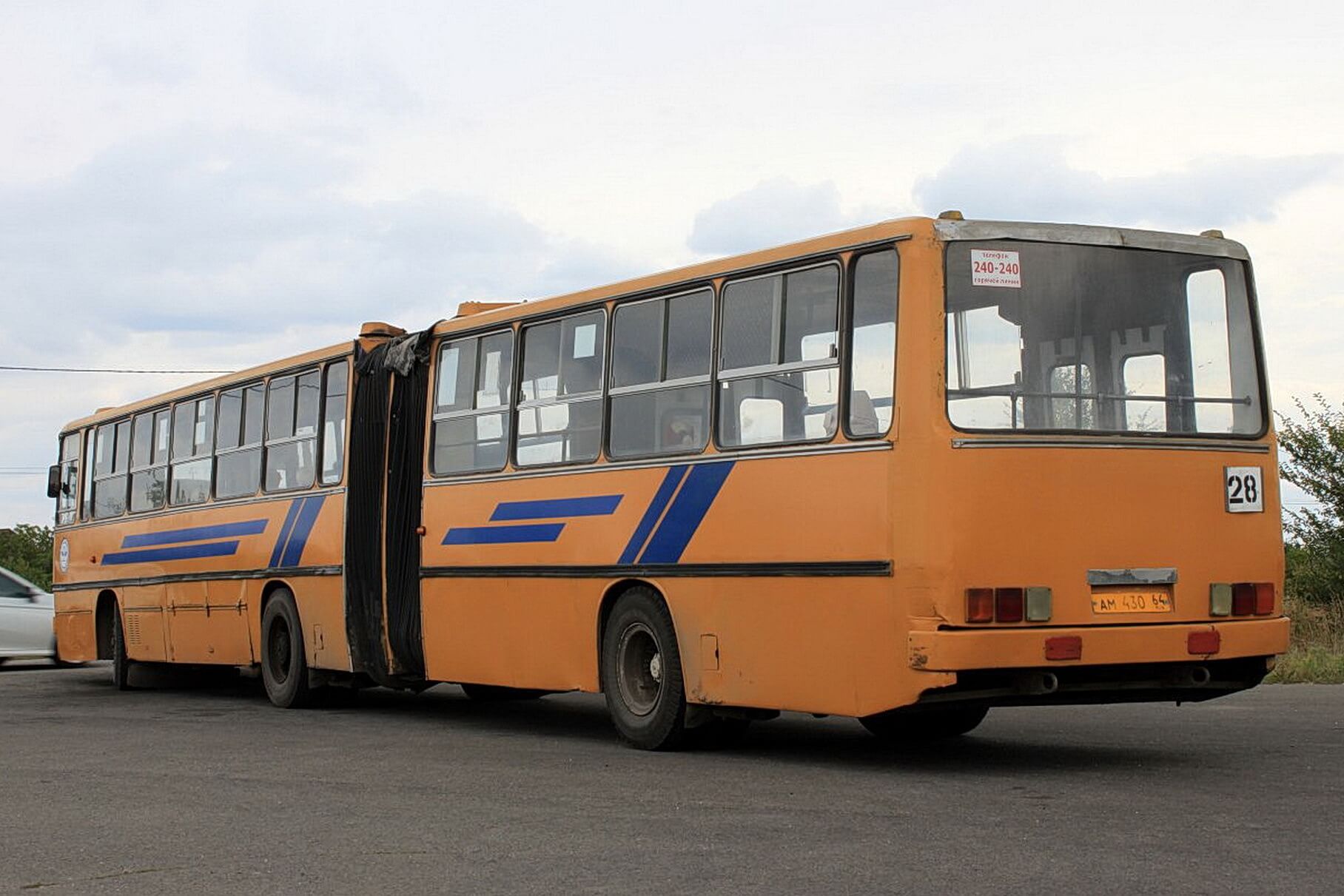On specialized forums, they noticed that the articulated bus came out of hibernation last weekend. Saratov JSC “Passengertrans-1” loaded the seasonal country route number 28 with the well-deserved “Ikarus-283”. In other Russian cities, Hungarian buses have long been decommissioned, but in St. Petersburg a similar “accordion” is used to attract tourists.
The history of the “survivor” Ikarus-283 is curious: the bus was originally registered in Moscow in January 1990 with numbers 9451 MNA. For almost ten years, the “accordion” transported passengers from the capital, and then was transferred to the Saratov PATP-4. Since September 2000, the bus has been in service on the banks of the Volga, although in recent years the veteran has not been used in winter.
Look at the perfectly restored Ikarus from the middle of the last century. One of the countries of the former USSR will again buy Ikarus buses. A perfectly preserved 30-year-old Ikarus bus is being sold for 15 million rubles.
Judging by the photographs, the condition of the Ikarus is not bad: there are no obvious signs of corrosion on the body, the moldings remain in place. The years have taken their toll: the accordion is torn and handicraft repaired, dents and potholes are visible under layers of paint, a piece of stainless steel is used to seal the joint of the rear window, and the rubber door seals have long lived their own lives.
Although the original Ikarus went bankrupt twenty years ago, the famous brand came under the wing of new investors and now produces electric buses from imported components. Last week, Ikarus signed a contract with the Azerbaijani authorities: buses of the Hungarian brand will return to the streets of Baku after almost three decades.
The longest buses on Earth







